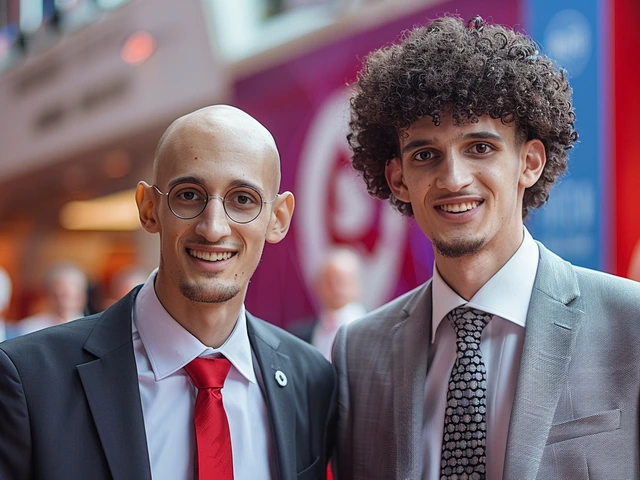Healthcare in Kenya – What’s Happening Right Now?
Kenya’s health scene is buzzing with new clinics, policy tweaks, and community projects that aim to bring better care to more people. Whether you live in Nairobi or a remote village, the changes affect how you get treated, what you pay, and how healthy your neighbourhood stays.
One of the biggest moves this year is the rollout of the National Health Insurance Fund (NHIF) expansion. The government is pushing to enroll more informal workers, meaning more families can claim subsidies for hospital stays, medicines, and lab tests. If you’re self‑employed or work in the market, you’ll soon get a simple text reminder to join the program.
Key Policy Shifts You Need to Know
The Ministry of Health just released a draft Health Service Bill that focuses on three things: decentralising services, improving data collection, and tightening quality controls for private clinics. The decentralisation part means county governments will have more say over local health budgets, which should speed up approvals for new health centres.
Data collection is getting a tech boost, too. A new mobile app lets health workers upload patient stats in real time, helping officials spot disease outbreaks faster. Remember the last cholera scare? This system aims to catch that kind of thing before it spreads.
Community Projects Making Real Differences
Beyond government moves, grassroots groups are stepping up. In Kisumu, a partnership between local NGOs and the county health office has set up mobile clinics that travel to fishing villages twice a week. They offer free malaria tests, prenatal care, and basic vaccinations. Residents love the convenience—no more long trips to the city hospital.
Another cool initiative is the Kenyan Youth Health Ambassadors program. Young volunteers get short training on first aid, mental health awareness, and how to navigate the health insurance system. They then host on‑site workshops at schools and community centers, helping peers understand how to stay healthy and where to get help.
Telemedicine is also gaining ground. Platforms like MyHealth Kenya connect patients to doctors through video calls, especially useful in arid regions where clinics are far apart. The service offers a flat fee, and many insurers are starting to cover it, making remote consultations affordable.
If you’re wondering how all this affects your daily life, think of it as a slowly tightening safety net. More insurance coverage means lower out‑of‑pocket costs. Better data means quicker response when illnesses pop up. And local projects bring care right to your doorstep.
Keep an eye on official releases from the Ministry of Health and your county’s health department for the latest updates. Sign up for SMS alerts if you can—they’re a handy way to stay in the loop without having to chase news sites.
Kenya’s health journey is still a work in progress, but the direction is clear: more people covered, faster service, and community‑driven care. Stay informed, get involved where you can, and you’ll reap the benefits of a healthier Kenya.






